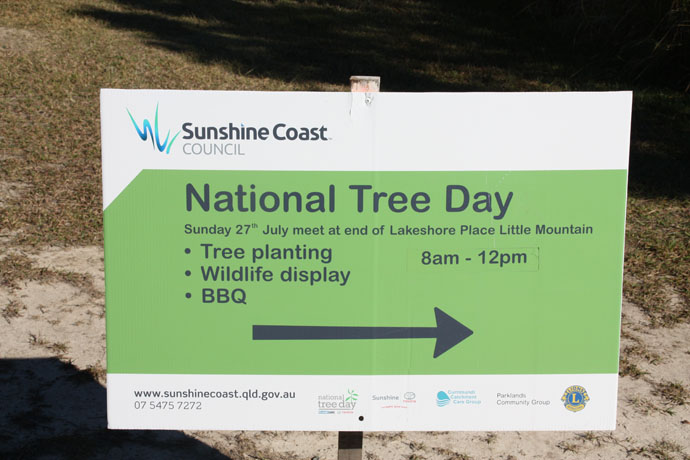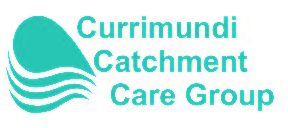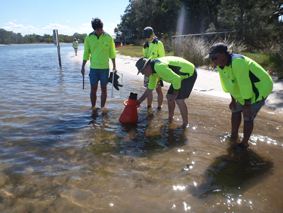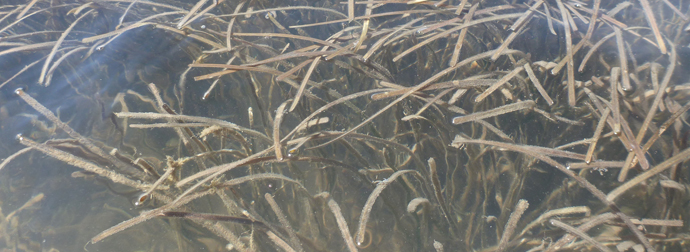
Seagrass monitoring
On November 1st, members of CCCG began monitoring the health and distribution of seagrass within Currimundi Lake. Each site was monitored using similar methodology to that developed by Seagrass-Watch which coordinates the monitoring of seagrass internationally. The data collected will be compared with future monitoring events to observe whether seagrass is increasing or decreasing within the lake, and to monitor changes in seagrass health. Seagrass has also been identified in Baroona Canal and further monitoring efforts will begin there in the near future.
Seagrass meadows can provide a range of environmental benefits. For example, they are effective nutrient sinks which buffer and filter nutrient and chemical inputs to marine environments, therefore reducing the severity of algal blooms and improving water quality. They also provide important nursery habitat for many marine animals such as juvenile fish.
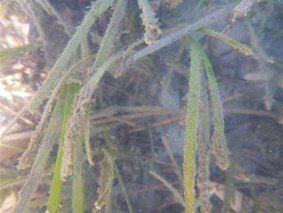

Seagrass areas are also valuable bio-indicators as declines in seagrass health are often related to broader declines of water quality within a catchment. Most of the sites monitored appeared to be in poor health and covered with algae which can reduce photosynthesis of the plant. The incidence of algae may be attributed to low tides and higher temperatures than usual in shallow waters over the last month and the nutrient contained in the sediment of the lake bed.
